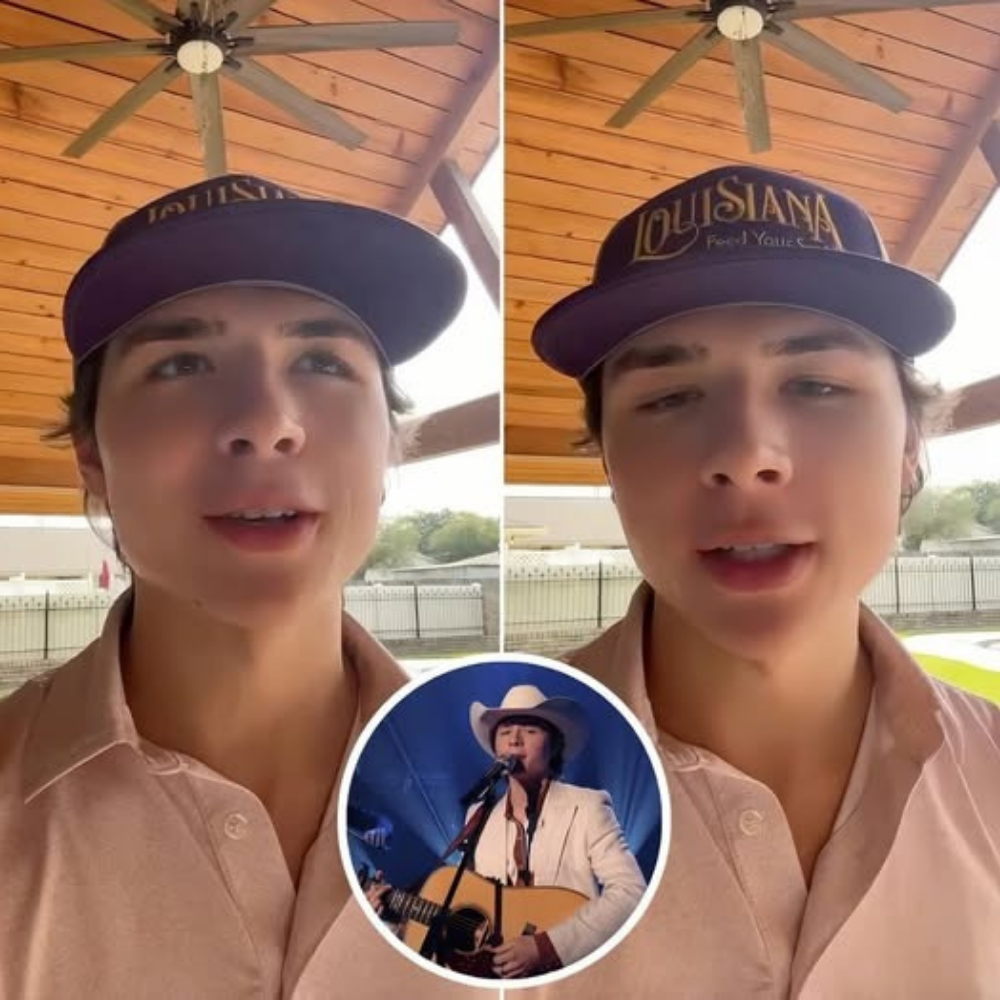Kendrick Lamar’s Super Bowl halftime performance on February 13, 2022, has sparked discussions about his dual approach to artistry: delivering a powerful message while entertaining a vast audience. The performance, featuring a medley of his hits, also served as a platform for social commentary, particularly regarding the experiences of Black Americans and the complexities of navigating the American cultural landscape.

The performance opened with Samuel L. Jackson portraying Uncle Sam, a figure symbolizing the American government, who sets the stage for Kendrick, representing the artist’s struggle to balance entertainment with meaningful discourse. The dialogue between the two characters suggests a critique of how mainstream platforms often dictate the boundaries of artistic expression. Kendrick’s declaration, “the revolution will be televised,” references Gil Scott-Heron’s iconic line, implying that while true social change occurs off-screen, he intends to bring this crucial message to the forefront during the performance.
As the show unfolds, Kendrick is urged by Uncle Sam to tone down his message and stick to popular hits. This interaction mirrors the expectations of Super Bowl audiences, who may prefer familiar tunes over provocative statements. Kendrick’s choice to perform well-known tracks like “HUMBLE.” and “DNA” initially reassures the audience, but he soon disrupts this comfort by incorporating more challenging material and inviting additional performers to the stage.
A pivotal moment arises when Kendrick references “40 acres and a mule,” an allusion to the unfulfilled promise of reparations for Black Americans post-slavery. This statement encapsulates the broader theme of his performance: the recognition of historical injustices and the call for a new narrative that embraces Black culture in its entirety. By juxtaposing this profound message with mainstream appeal, Kendrick challenges the notion of safety in artistic expression, asserting that it is possible to address significant issues while still engaging the masses.
The performance also included pointed references to contemporary figures, notably Drake, whom Kendrick called out by name during the set. This moment highlights the tension within the music industry, where artists must navigate commercial pressures while remaining true to their roots. Serena Williams’ appearance, with a nod to her own experiences with media scrutiny, further emphasized the performance’s themes of identity and representation.
As the show concluded with tracks like “Not Like Us” and “TV Off,” Kendrick left viewers with a mix of emotions, prompting reflection on both the entertainment and the underlying messages of his performance. Many fans were likely caught between appreciation for the hits they recognized and a sense of discomfort at the more challenging themes Kendrick introduced.
Ultimately, Kendrick Lamar’s Super Bowl performance reaffirmed his status as a unique voice in hip-hop—one that deftly intertwines social commentary with mainstream success. His ability to provoke thought while entertaining highlights the complexities of being a Black artist in America, resonating deeply with audiences who navigate similar challenges in their own lives. As discussions continue around the performance, it is clear that Kendrick’s intentions reached far beyond mere entertainment; he aimed to ignite conversations about culture, identity, and the ongoing quest for justice and representation in America.
